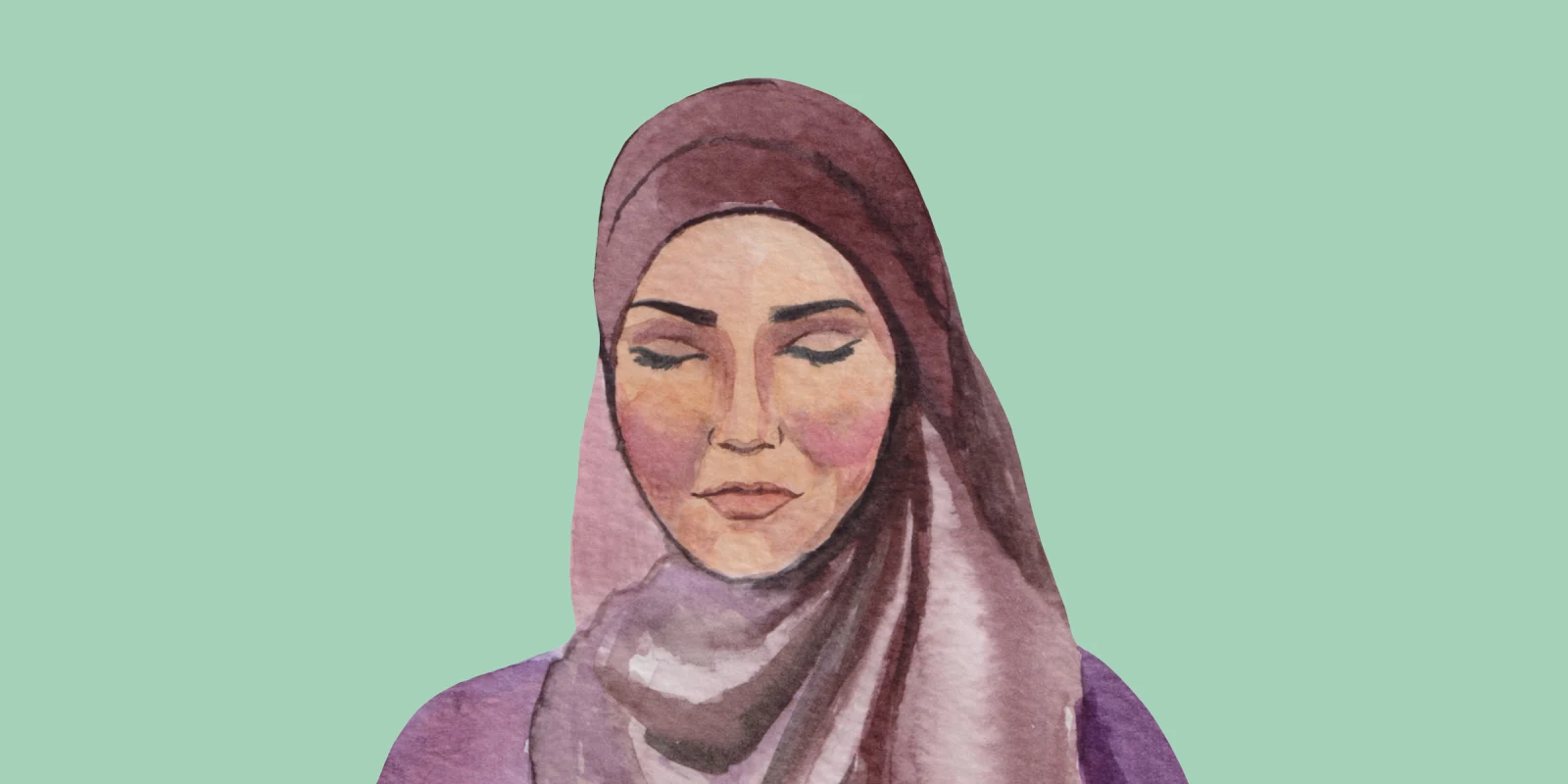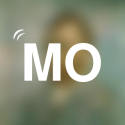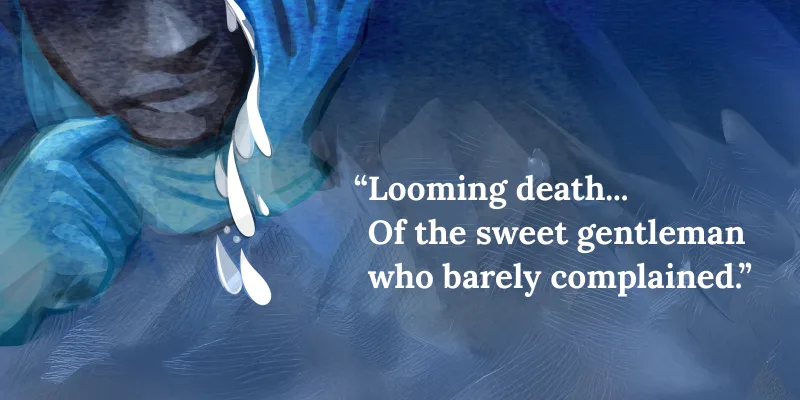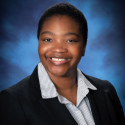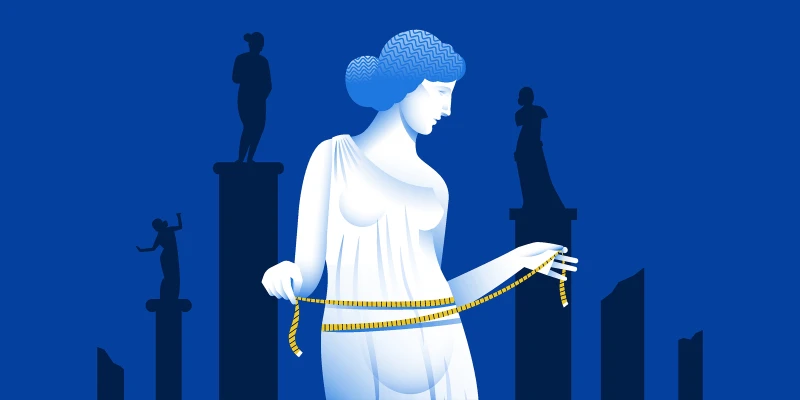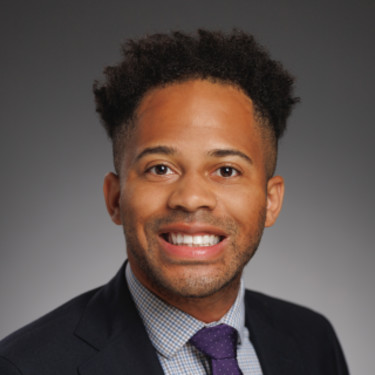I’ve always had a fantasy — one that, as a gynecologist, involves being called upon mid-flight to deliver a term, uncomplicated multiparous patient 36,000 feet in the air. My hero moment. A safe delivery, cheers, and of course, a grateful upgrade to first class.
But that’s not how it happened.
I was on a long international flight to Istanbul with my daughter and my best friend. The cabin lights were dimmed, and I finally let my eyelids surrender to the lull of the plane. Moments later, I felt nudges from both sides. I opened my eyes to find my daughter and my friend looking at me with the same message in their expressions: “Well? Aren’t you going to answer them?”
“What’s going on?” I mumbled, still shaking off sleep.
“They’re asking if there’s a doctor on board!” They both had huge grins on their faces.
Gulp.
Within 10 seconds, I had a full conversation with myself. Did I miss an obviously pregnant woman at the gate? Is this a chance to don my cape, or is someone having a heart attack? I’m far more familiar with a non-stress test than an EKG. Please let there be a critical care nurse on board if it’s a heart attack!
“Well?!” my daughter asked.
I hesitantly raised my hand halfway, as if to say, “If it’s labor — or even a menstrual hemorrhage — please come to me.”
A flight attendant approached.
“You’re a doctor?” He asked.
“Yes.”
“I mean … not a nurse?”
“No, not a nurse. I’m a medical doctor. A real doctor.”
By this point, I was half convinced the patient was either dead or totally fine. And I hadn’t noticed anyone on board who looked nine months pregnant. My hopes for that in-flight delivery were fading fast.
Then came the kicker: “Do you have your ID?”
Seriously?
“I’m headed to Istanbul, not stopping to do hospital rounds mid-air,” I quipped. “Why would I be carrying my ID? Do you ask everyone for their ID or just Muslim women?”
“Umm, no, umm it’s airline policy,” he said with not much confidence.
At that very moment, I spotted a familiar face marching down the opposite aisle with another flight attendant: a resident I had trained who was also on the journey with us. In an attempt to save himself, the attendant looked over at his colleague and shouted, “Did you ask him for his ID?” In return, he received a blank stare.
The “emergency” turned out to be a fellow passenger who had vomited and fainted. My resident managed it well and even circled back to consult with me.
The flight attendant stood there, speechless.
My daughter — on the cusp of her own journey into medicine — and my best friend witnessed it all. And they understood the weight of the moment.
Somewhere, somehow, people are still taught — implicitly or explicitly — that a hijab is a sign of weakness, of oppression, of incapacity. But in truth, it takes strength to wear one. It means choosing to stand out when blending in would be far easier.
Over 20 years ago, when I applied to medical school, a family friend — also a physician — advised me to remove my hijab for the interview. Even my father, loving but realistic, doubted I would get into medical school dressed “so obviously Muslim.” But I wore it anyway. I had wrapped not just my head, but my heart in it, praying: If it’s meant for me and best for me, open the doors.
My first interview seemed to go well. I’m sure the interviewer noticed my scarf, but if he did, he didn’t show it. The second was different. The interviewer asked, “What would you do if a patient said they don’t want you to take care of them because of your scarf?”
I hadn’t expected the question. I wondered — did he ask my peers of color the same thing?
Still, I responded, “I would do as you would if a patient refused your care because you’re male.”
He seemed satisfied. I was accepted into that school. And so began my life of practicing medicine while visibly Muslim.
My religion is peaceful and principled. Contrary to what mainstream media often implies, Islam is not synonymous with terrorism. I wear the hijab as a symbol of modesty — not to be evaluated for my appearance, but for my ability, my intellect, and my character. Ironically, that backfires in a world that often only sees what you wear.
But more than modesty, it’s also a flag. A personal, spiritual badge. I try to be a good person not for praise or optics, but because it’s what I’m commanded to do.
Being a physician in a scarf isn’t my identity — it’s just the surface. But too often, that surface is used as a filter before my skills or my humanity can even be assessed. I hope that one day my daughter can practice medicine without having to explain herself before she even picks up a stethoscope.
Until then, I keep showing up — on flights, in exam rooms, in hospital corridors — head held high. Hijab and all.
What moments have you encountered where you had to stand up for yourself and your beliefs in medicine? Share below!
Magda Osman, MD, is a board-certified obstetrician and gynecologist based in Buffalo, NY. A Buffalo native, Dr. Osman earned her medical degree from the Jacobs School of Medicine in 2002 and completed her ob/gyn residency there in 2006. She has been practicing with the Buffalo Medical Group since completing her training.
Image by Kovalova Marharyta / Shutterstock
